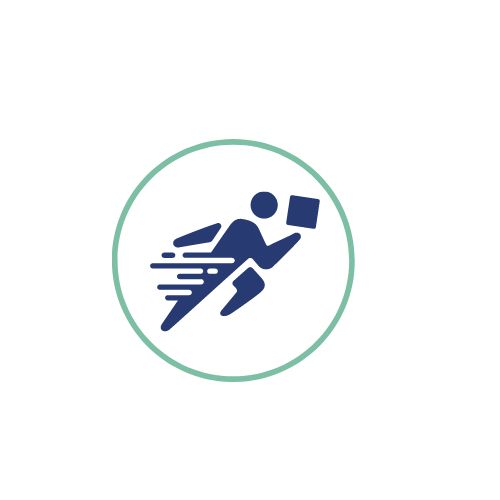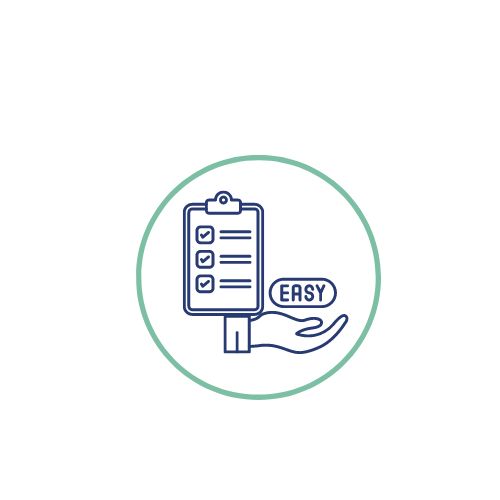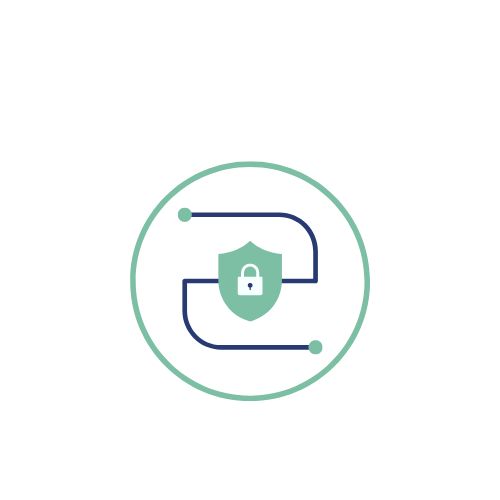Edit Content

Office No. 402, 4th Floor, Marathon Nextgen Campus, Marathon Icon, Ganapatrao Kadam Marg, opposite Peninsula Corporate Park, Lower Parel, Mumbai, Maharashtra 400013

Life is unpredictable, but with Critical Illness Health Insurance in India, your future stays protected
By clicking on above you agree to our Privacy Policy and Terms of use.






Critical Illness Health Insurance is a type of health insurance policy that provides financial coverage for life-threatening diseases such as cancer, heart attack, stroke, and organ failure. It offers a lump sum payout upon diagnosis, helping policyholders manage treatment costs.
Provides financial security against expensive medical treatments for critical illnesses, ensuring policyholders and their families do not face financial distress due to high healthcare costs.

Critical Illness Health Insurance has become a financial necessity in India, offering protection against life-threatening diseases like cancer, heart disease, and stroke. With medical inflation rising by nearly 10% annually, access to quality healthcare is becoming increasingly expensive.
According to recent data, India records over 2.5 million cancer cases annually, with treatment costs ranging between ₹5 lakh to ₹20 lakh. Cardiovascular diseases account for 28% of deaths, with treatment expenses averaging ₹3 lakh to ₹5 lakh. Without adequate insurance, these costs can drain savings and push families into financial distress.
Critical illness plans provide a lump sum payout upon diagnosis, ensuring financial stability during treatment. With premiums starting as low as ₹3,000 per year, these plans are a cost-effective way to secure your future against unforeseen medical crises.
Sometimes diseases in India spread like wildfire just like COVID-19. Many people lost their lives. That’s why having critical health insurance ensures that you are protected. Not only diseases but the medical cost in India is also rising rapidly. This medical cost can be between a few thousand to a few lakhs. If the amount exceeds than family budget then it creates more financial burden on families.
As declared by the Indian Council of Medical Research, it is predicted that 60% of health cases in India are caused by diseases such as cancer, cardiovascular conditions and diabetes.
Data shows that India diagnoses more than 2.5 million patients of cancer every year and the treatment charges vary from ₹5 lakh to ₹20 lakh depending on whether it has advanced, how progressed, and what type of cancer. Death due to cardiovascular diseases accounts for approximately 28% in India, and a cardiac surgery costs around ₹3 lakh to ₹5 lakh in a private hospital.
The above are enough reasons why you need a critical health insurance plan in India. So don’t risk your health; contact our health insurance advisor now.
Healthcare costs in India are surging at an alarming rate. A hospital stay in a metro city can easily cost ₹30,000 per day, while major surgeries can run into lakhs. Over 60% of medical expenses are still paid out-of-pocket, making health insurance essential for financial security.
India is often referred to as the diabetes capital of the world, with over 77 million diagnosed cases. Additionally, lifestyle-related conditions like hypertension and kidney disease are becoming widespread, increasing the need for comprehensive coverage.
The Indian government aims to achieve universal health coverage by 2030 through programs like Ayushman Bharat, providing healthcare benefits to lower-income groups. However, private health insurance remains crucial for those outside these schemes.
A critical illness diagnosis often results in loss of income due to prolonged treatment and recovery periods. Critical illness insurance offers a one-time lump sum payment, helping policyholders manage daily expenses, EMIs, and medical bills without financial strain.
Apart from financial protection, health insurance also offers significant tax benefits under Section 80D of the Income Tax Act:
These tax savings further enhance the value of investing in a critical illness policy.
Critical Illness Health Insurance plans in India can be assumed into five different sub-types. All of which cater to unique needs. Individuals or families can choose their coverage that matches their personal health requirements and financial capacities. The study showed that 75% health insurance buyers prefer the family floater plans, and it is usually preferred by comparatively younger professionals and first-time buyers.
India’s health insurance market has been witnessing rapid growth as the increasing level of medical costs and awareness of the increasing importance of health covers lead to it. So far in 2023, more than 514 million Indians have come under health insurance policies, which sees a sharp spike from previous years. This would, however cover only 38% of the total population, leaving quite a headroom.
The Indian health insurance market stands at INR 55,000 crore in 2022 and is seen to grow at a compound annual growth rate of 17% during the period 2023-2027. More than 30 providers offer varied health insurance plans; hence, it is necessary to know which health insurance products are available. Family Floater Health Insurance Plans Among family floater policies, it provides cover to the entire family with a single policy wherein the family members get covered under a common sum insured that is shared equally by all.
Such policies are liked by almost 67% of the families in India as they are the most convenient and cost-effective; as policy premiums for family floater are 30-35% cheaper compared to taking individual policies for each family member. Average sum insured on family floater policies amounts to about Rs 10 lakh.
Most of them think that their routine health cover takes care of all the medical requirements. They require understanding the main distinctions between the critical illness cover and other general health covers.
A general health cover provides payouts generally for the expenses relating to in-patient stay but does not provide all-around treatment for critical diseases. Unlike this, critical illness insurance pays the cash benefit at the time of diagnosis of a condition covered which could be in turn used to help pay for any treatment, recovery, and lifestyle changes thereafter.
Under critical illness insurance, a number of prominent features are offered to the policyholders in India. For example, most of the policies cover over 30 critical illnesses, including even severe conditions like cancer, heart attack, and stroke.
Such wide coverage ensures that a person is safeguarded against deadly diseases. The other significant feature of critical illness insurance is the time when paybacks are obtained after activation. Once the covered sickness is ascertained then, a single indemnity payment is generally paid promptly thereafter in order to provide immediate relief in the pocket just when most needed.
The payout will also save the policyholder flexibility in spending. Unlike regular health insurance, critical illness insurance does not usually impose restrictions on expenditure, most especially on the cash benefit acquired. That is, it can be used to pay for costs of treatment, help pay off loans, or simply support everyday living expenditure during recovery. In addition, the premium of the critical illness policy is pretty affordable, about as low as INR 3,000 a year, so it may be more accessible to more people.
While choosing critical illness insurance in India, there are several factors with which you have to work for choosing a policy which suits your requirements. First, one has to refer to the list of diseases covered by it and has to check if it includes diseases that you or your family have faced.
It helps in understanding whether the policy is suitable for your situation. One other significant consideration, therefore, is the claim settlement ratio of the insurer.
Policies from insurance companies that have high claim settlement ratios are probably more reliable, therefore forming a higher prospect of your claims being approved when actually required. I am of the opinion that waiting periods accompany most claims. Many policies under critical illness are usually able to cover between 30 days and 90 days in which no claim at all can be made. The knowledge of this will guide your decision.
Besides it being more pocket-friendly, critical illness plans also have additional tax benefits under Section 80D of the Income Tax Act.
You get a deduction up to Rs25,000 for the premiums paid towards your policy. The limit extends up to Rs50,000 for senior citizens, making it an extremely attractive option for the elderly.